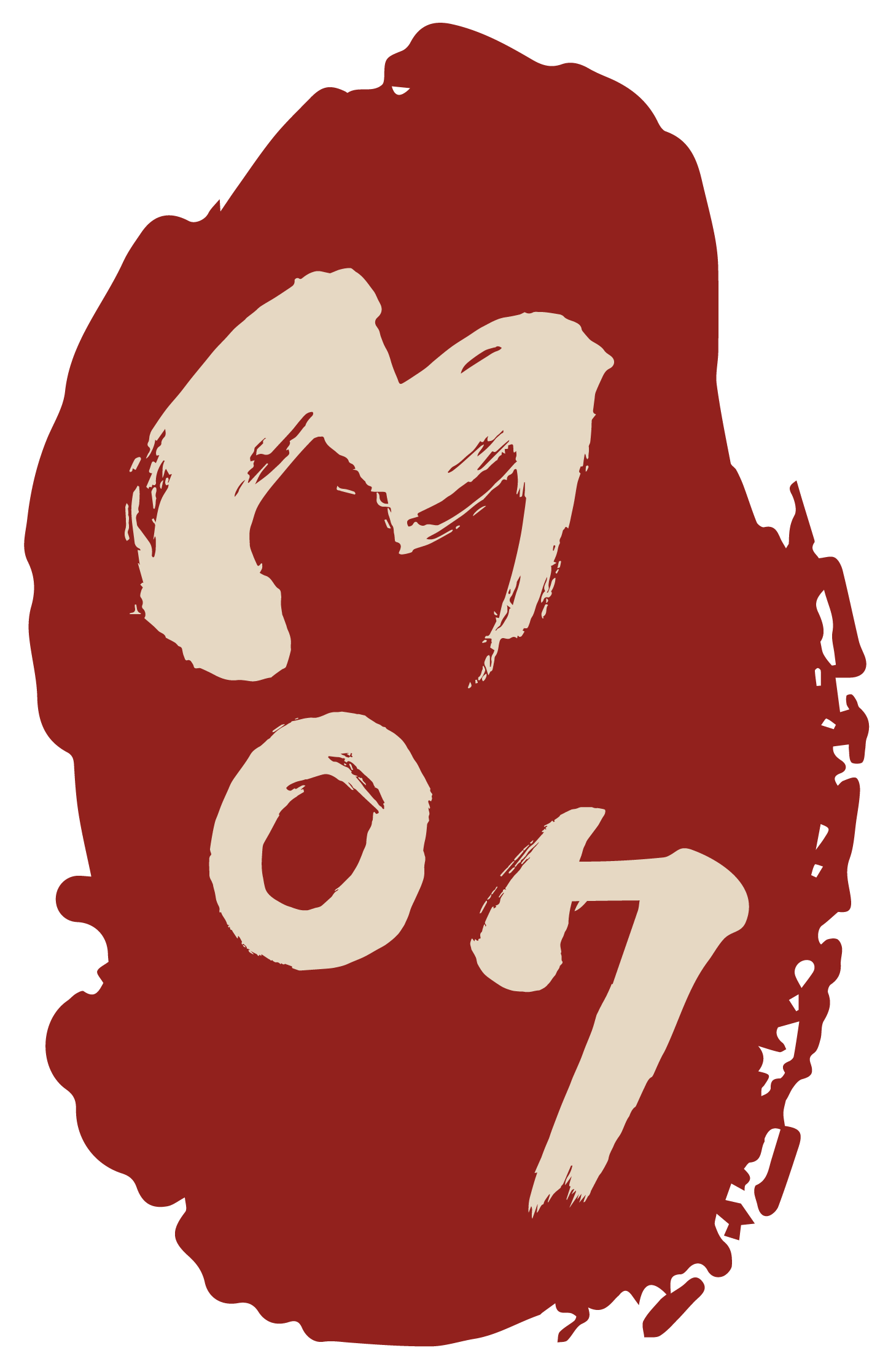Funerary Urn with red-violet and black painting
Urn
Funerary urn from the Yang-shao-Culture with interesting red-violet and black painting. Elongated neck, convex shape on the upper and concave on the lower part. Small bottom.
Object ID
Neo_001
Age
2200 – 1500 BC
Material
Ceramics
Color
yellow, red-violet and black
Height
(coming soon)
Diameter
(coming soon)
Condition
Good
Price
on request
Description [1]
Funerary urn from the Yang-shao-Culture with interesting red-violet and black painting. Elongated neck, convex shape on the upper and concave on the lower part. Small bottom. A view from the top shows a four-parted pattern: strongly curved double bands which form a wavy rhombus. Starting from the black mouth and the black jagged pattern of the neck is a black painted rhombus with four dots and a white linear frame. Each two rhombus-like curved black bands and two „sawtooth“-lines are attached. Firstly, they were interpreted as motifs for death by the Swedish archaeologist Johan Gunnar Andersson. Since the 1920th closely connected to excavations in China he came to the conclusion that those motifs only exist on vessels of ceramics which were brought to light from graves. [2] Four round fields are encircled by red-violet bands. The different decors bear each patterns either with nine rhombuses with cross hatching and yellow filled with a kind of signs. The others have only a rhombus pattern from alternation black and yellow colored elements. In between continue the black ribbons and the jagged „sawtooth-belts“. The ribbons from each a triangle is designed with an anthropomorphic motif. A thick black belt with an attached hanging bordure finishes the painting. The lower conical part of the urn is yellow, the bottom darker yellow with some traces of burning support. The small eyelet-handles on the widest point of the urn are three-parted.
Spirals, concentric bows, and other wavy-like patterns gave the line guidance, strength and momentum. They made those funerary urns to remarkable products of the Asian tradition which spread from Central Asia to Persia and the Valley of Indus. [3] (HV)
________________________
[1] Datierung der neolithischen Kulturen nach den Resultaten der Analysen mit dem Karbon-14-Test. In: Beurdeley, Cécile und Michel (1974): Chinesische Keramik. Ein Handbuch. Hirmer Verlag München. 17-18
[2] Beurdeley, Cécile und Michel: ibid. 20, Abb.6/ Willetts, William (1968): Das Buch der Chinesischen Kunst. Von der Jungsteinzeit bis heute. Econ Verlag Düsseldorf, Wien. 34, Abb. 3, 27, 41
[3] Watson, William (1980): China, Kunst und Kultur. Verlag Herder Freiburg im Breisgau. 22






